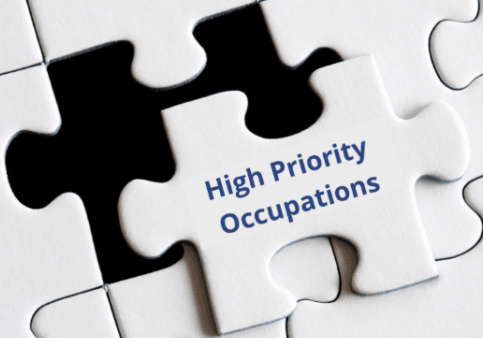A Profile of the Working Poor in Philadelphia in 2016
Over 53,000 Philadelphians in the labor force (working or looking for work) are working poor – that is they work 27 weeks or more in a year but earn less than the poverty income level.
Background
Starting from 1997, Bureau of Labor Statistics (BLS) has been releasing an annual report[1] on the “working poor” on their demographic characteristics, educational attainment, occupations, families, and potential reasons. In BLS reports, “working poor” are defined as people who spend at least 27 weeks in a year in the labor force (that is, working or looking for work) but whose incomes still fell below the poverty line. Using data collected in the Annual Social and Economic Supplement (ASEC) to the Current Population Survey (CPS), BLS report shows that the 7.6 million individuals were among the “working poor” in 2016 nationwide and the working-poor rate – the ratio of working poor to all individuals in the labor force for at least 27 weeks – was 4.9 percent.
In this report, we focus on Philadelphia residents and show the profile of the working poor living in Philadelphia city in a similar structure. There are, however, two major differences between our report and BLS report:
1. The data source is different: we use ACS PUMS 5-year data instead of CPS supplement. The reason for this change is that CPS survey are designed specifically to produce estimates for the entire nation. Consequently, estimates for States and even smaller geographic areas are not as reliable as national estimates due to large sampling variability. By contrast, ACS PUMS provide us more stable and reliable data in small geographic areas.
2. The definition of “working poor” is modified: we define “working poor” as people who worked for 27 weeks or more in a year but still fell below the poverty line. This is a subset of people who were in labor force for 27 weeks or more but still live in poverty. ACS includes questions about work and search for work so that some measures of labor force status are available. However, the ACS questions relating to labor force activity are less detailed than those in the CPS. For example, using ACS data we can know if this person has been actively looking for work during the last 4 weeks (it’s a YES or NO question). However, we don’t know how many weeks exactly this person has actively looked for work during preceding year. Consequently, we cannot estimate how many weeks an individual was in the labor force.
Both ACS and CPS use the poverty line defined by Census Bureau…
SEE THE FULL REPORT



